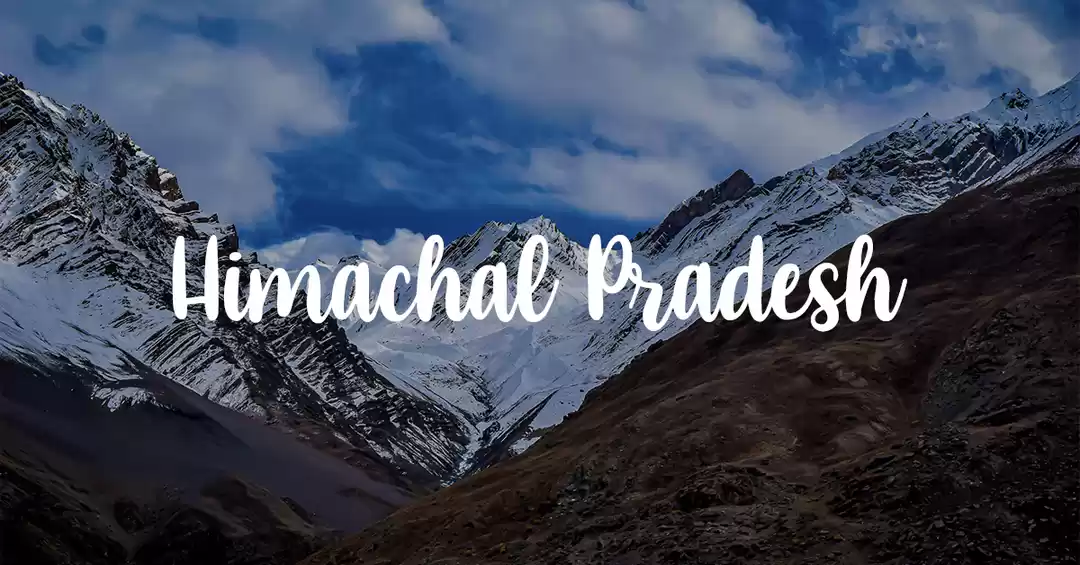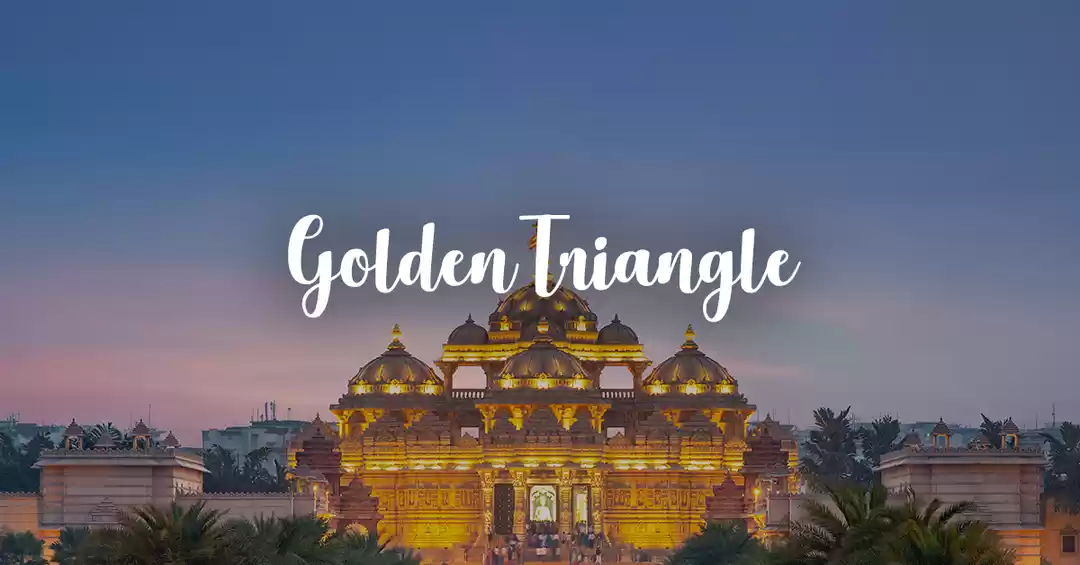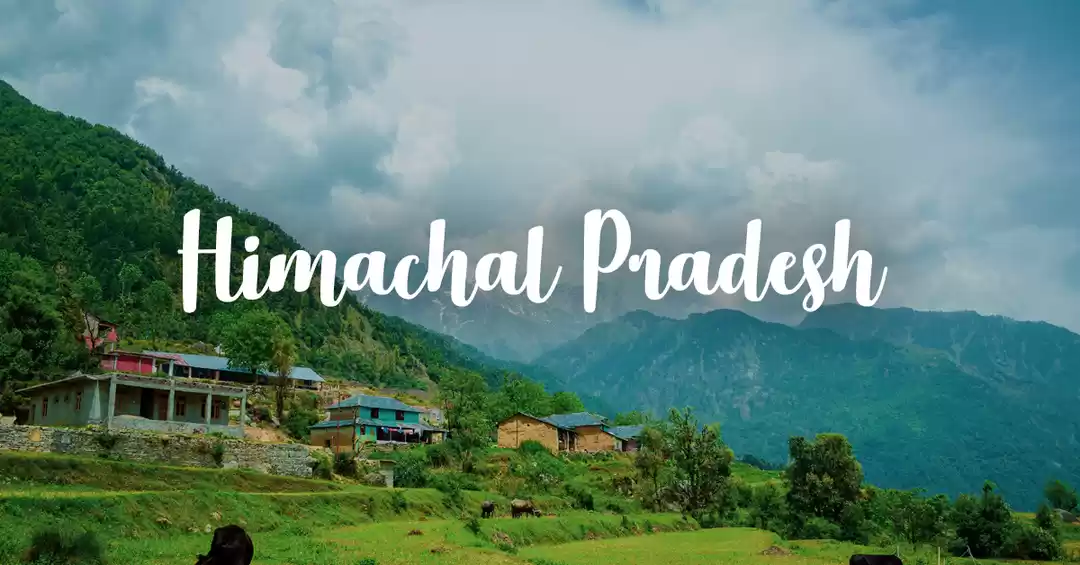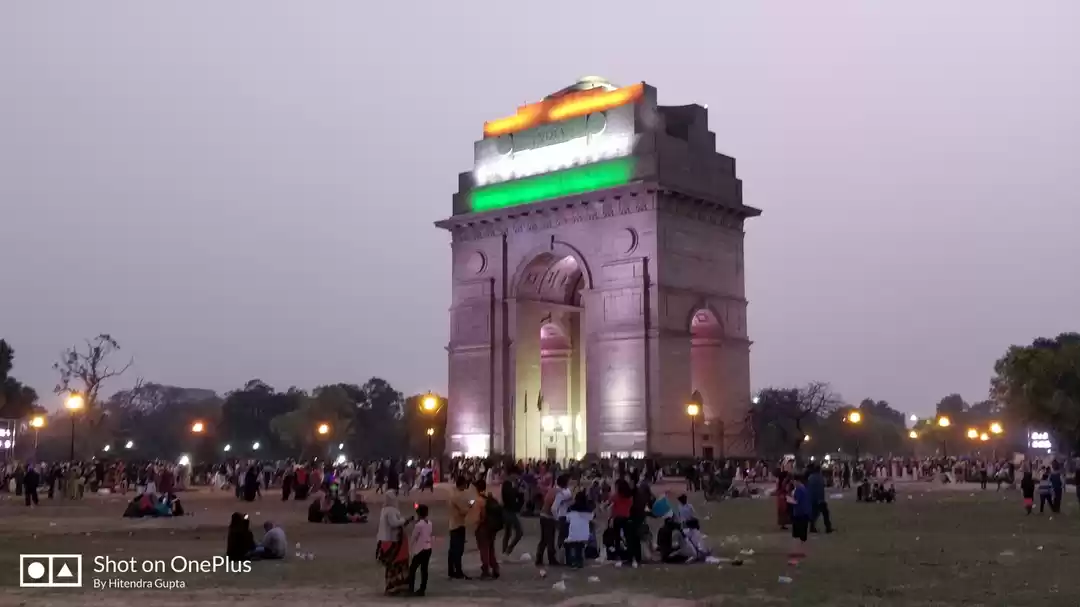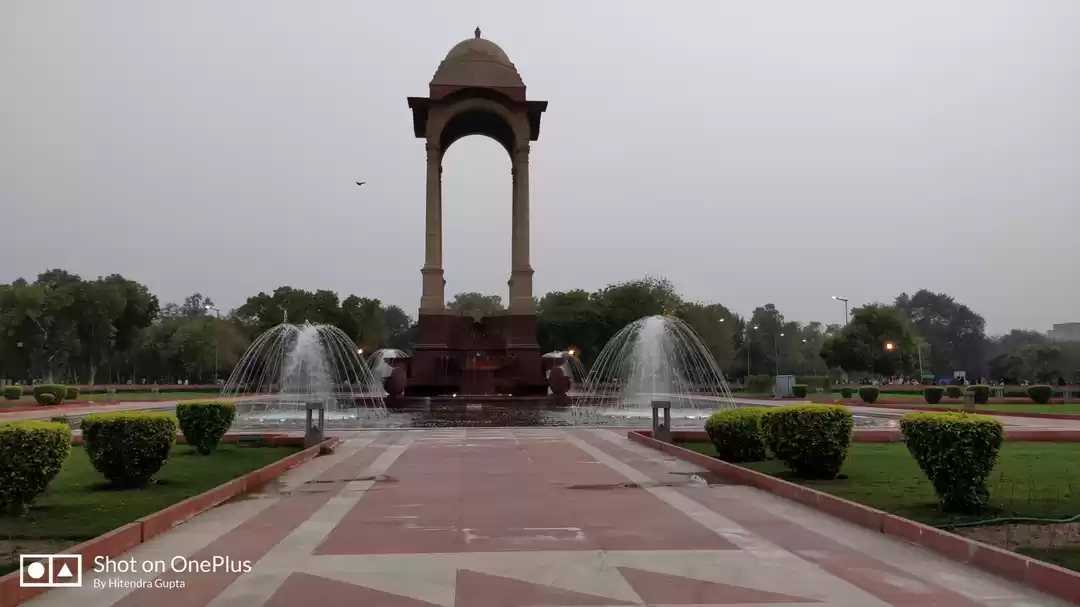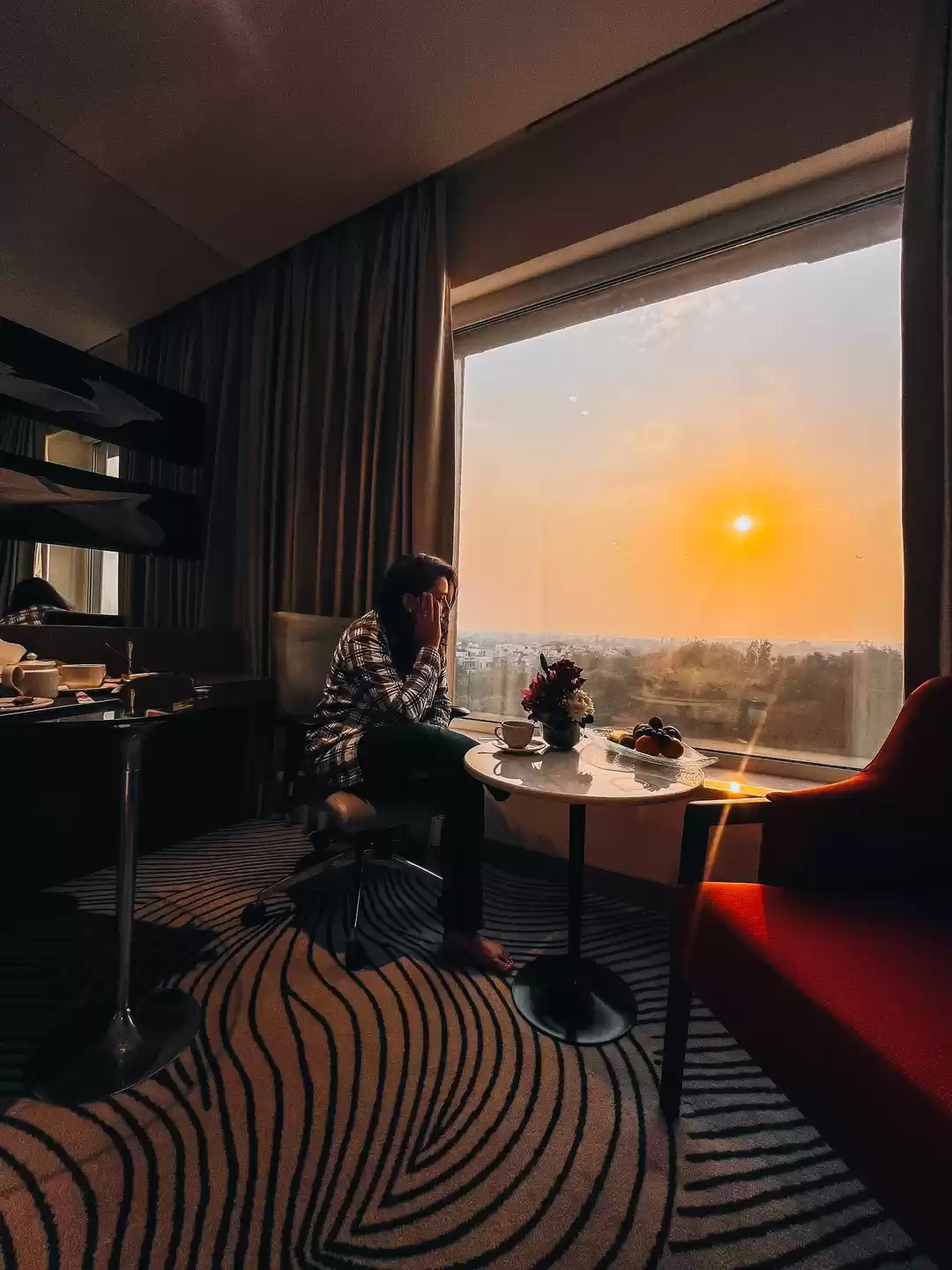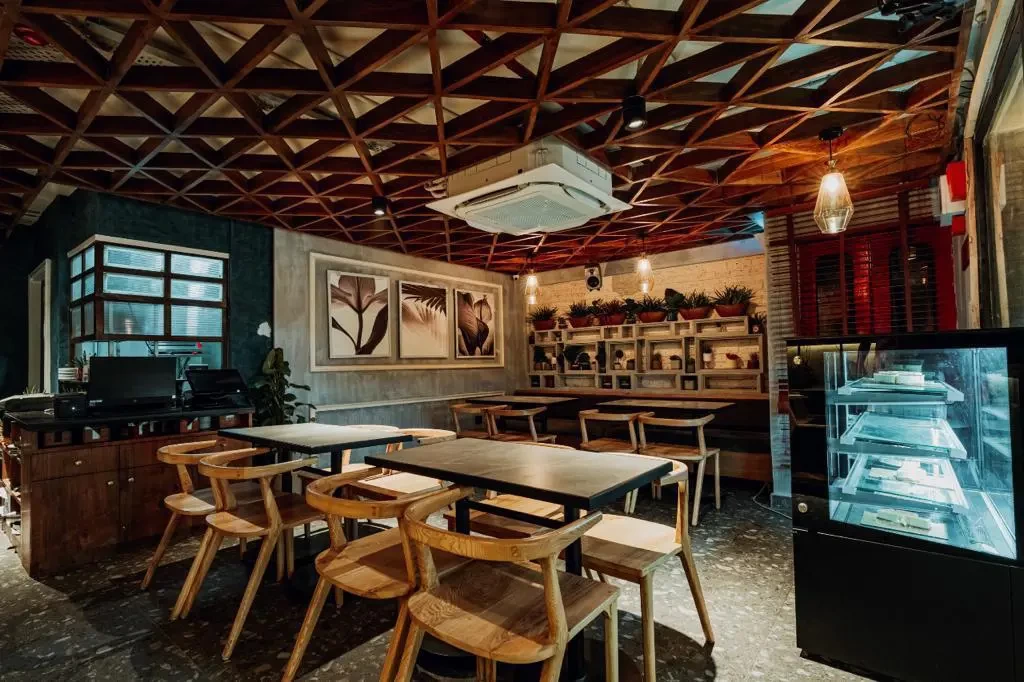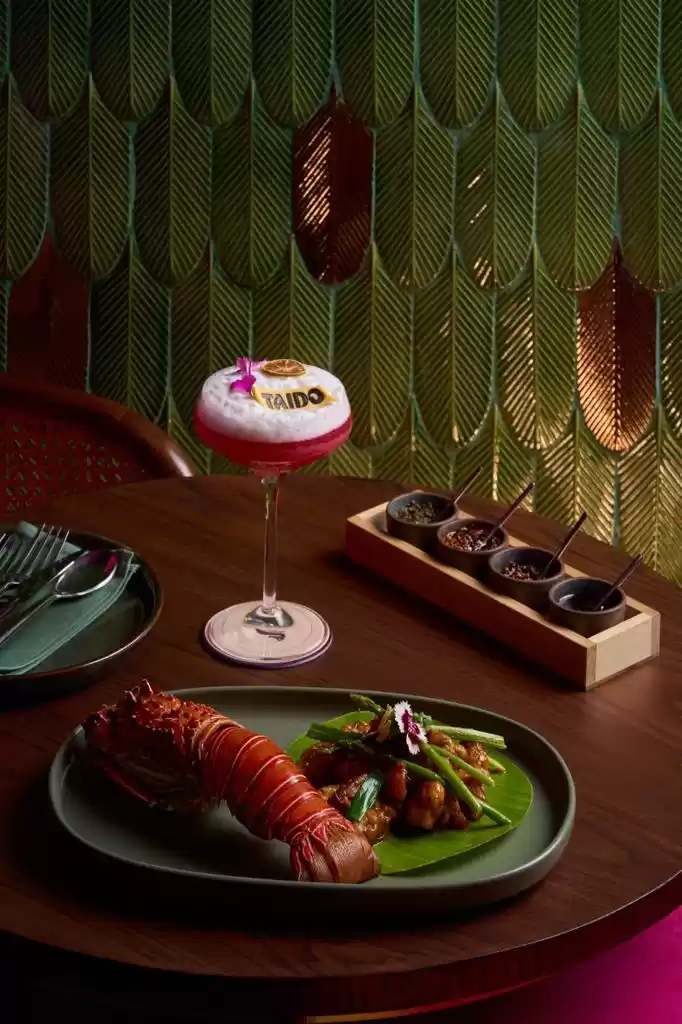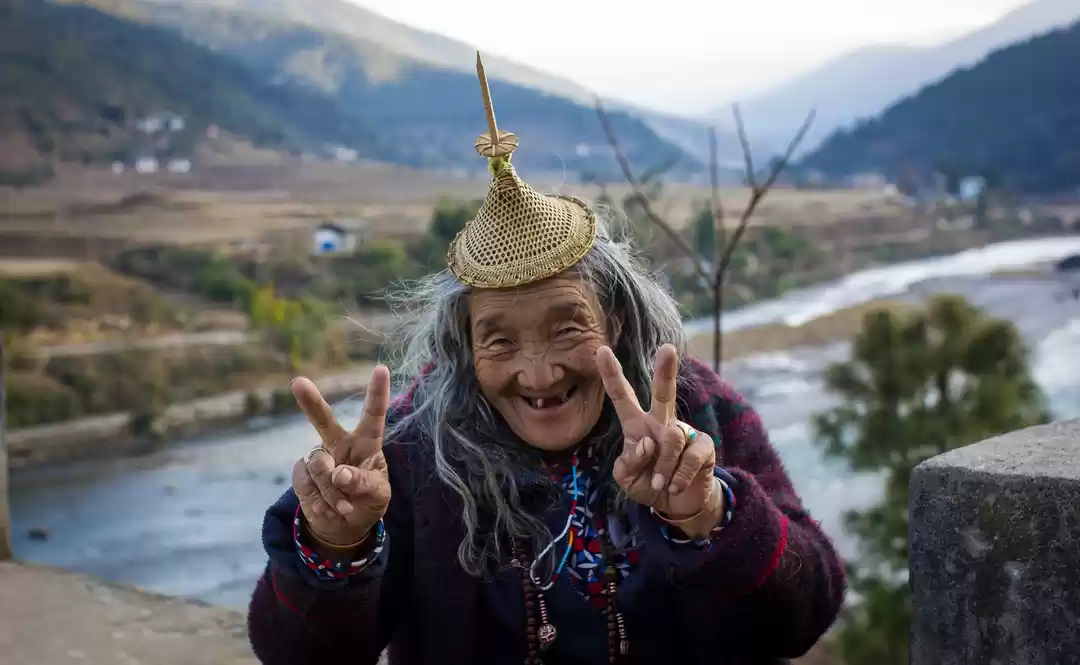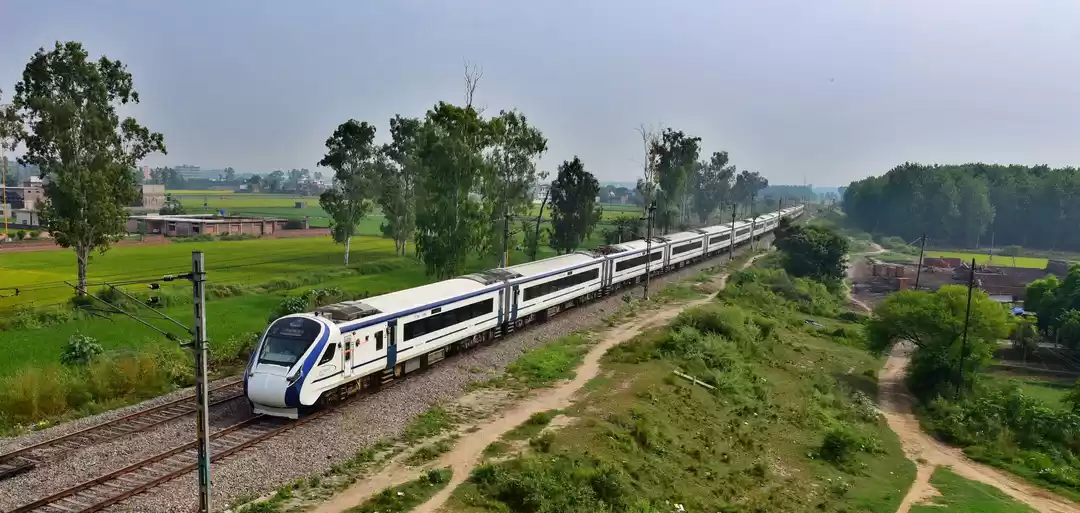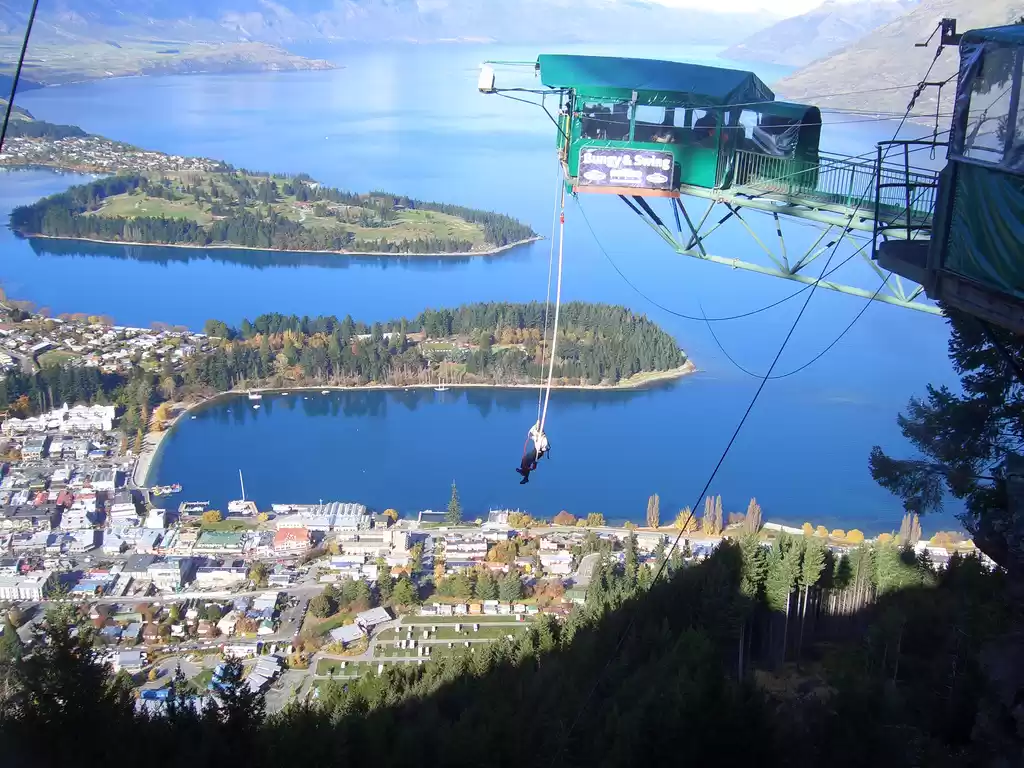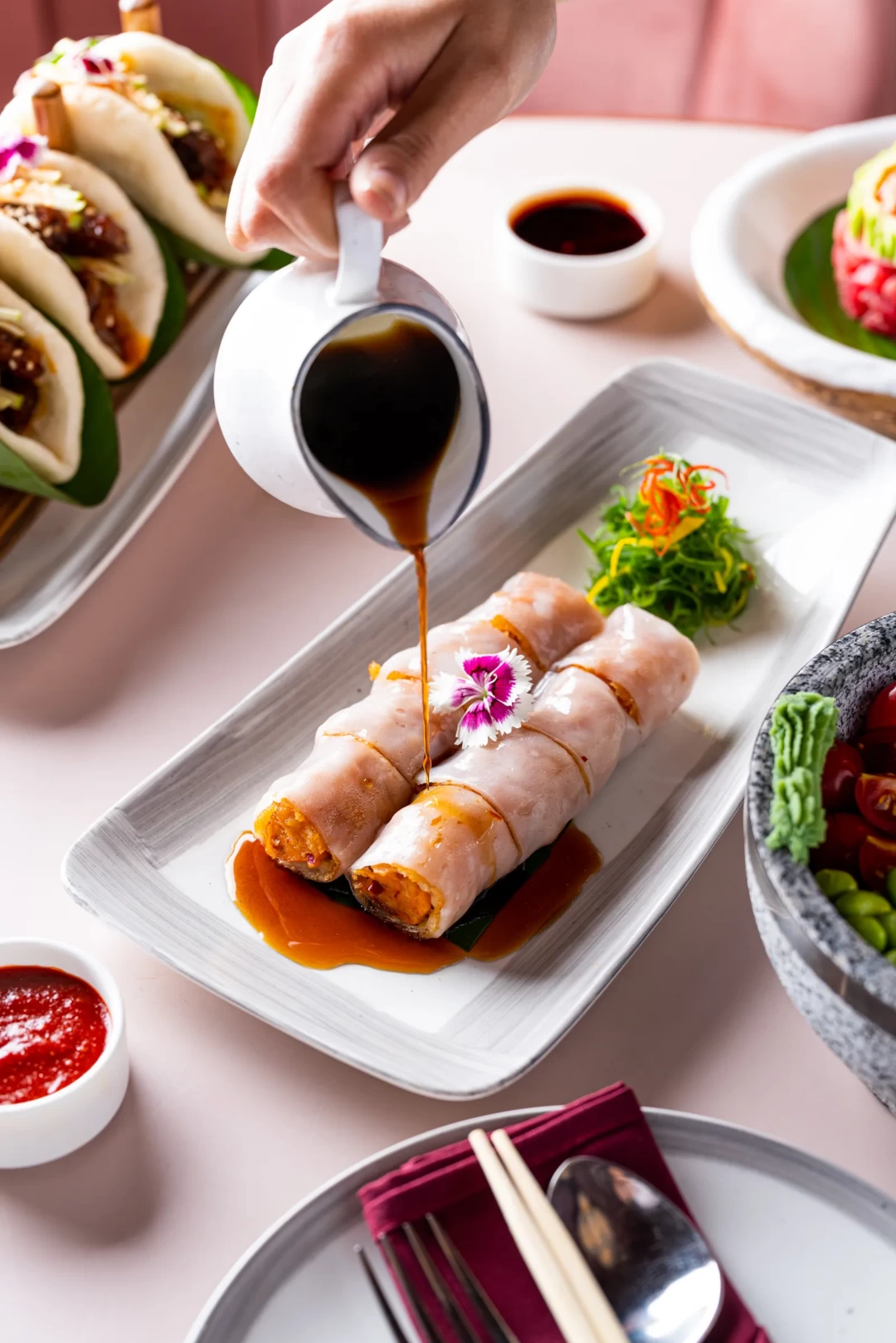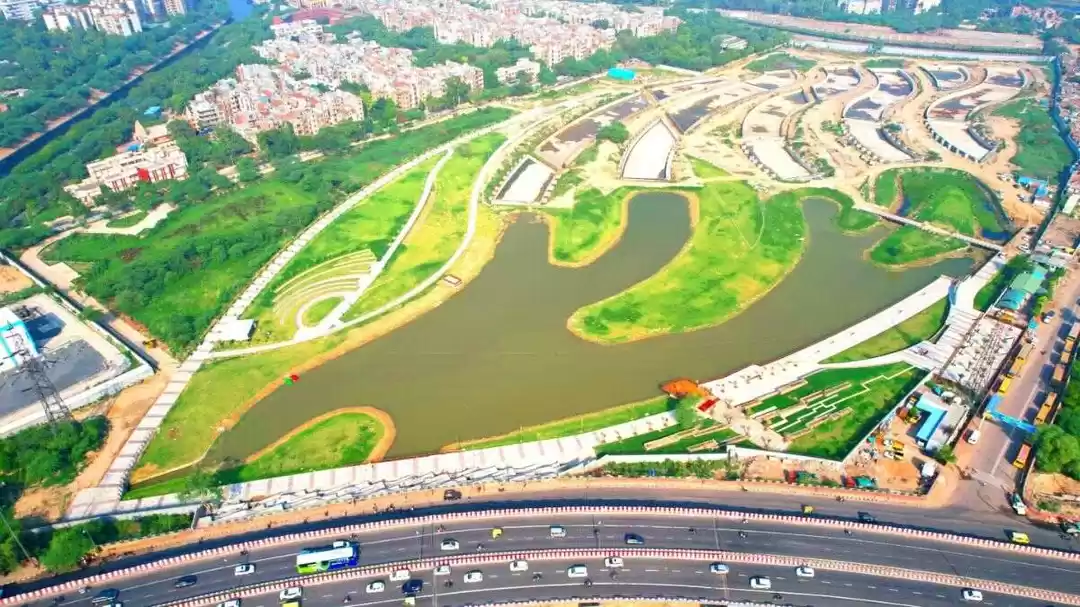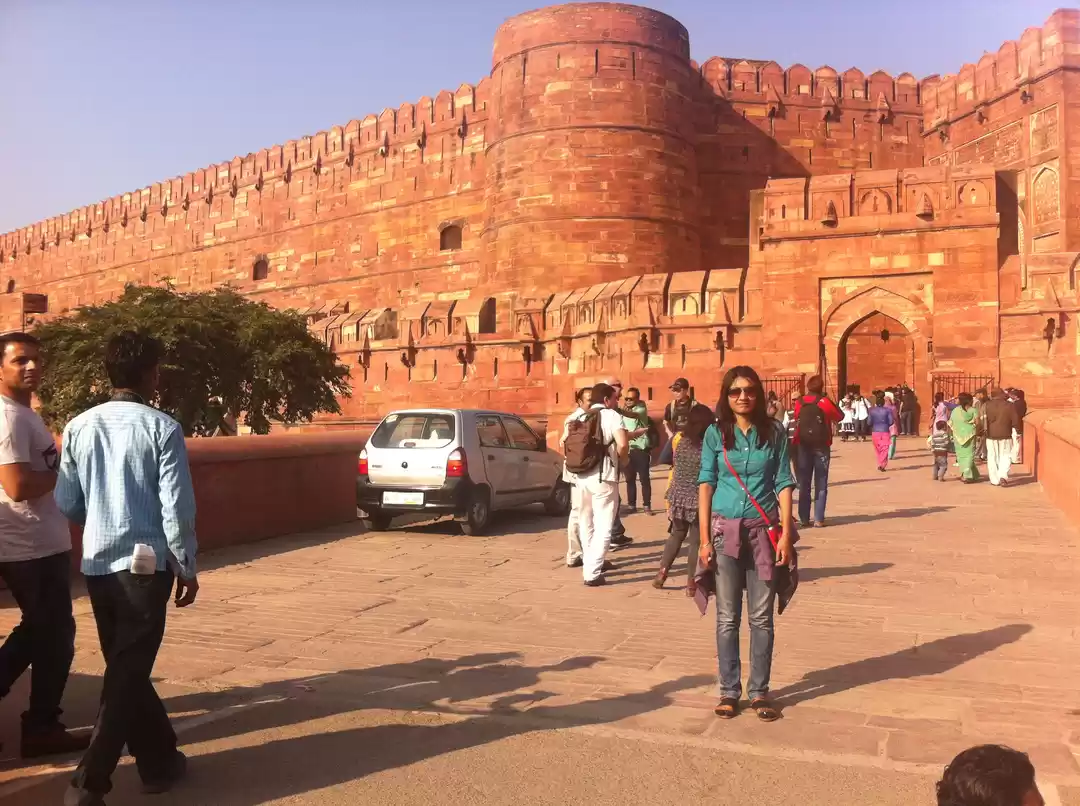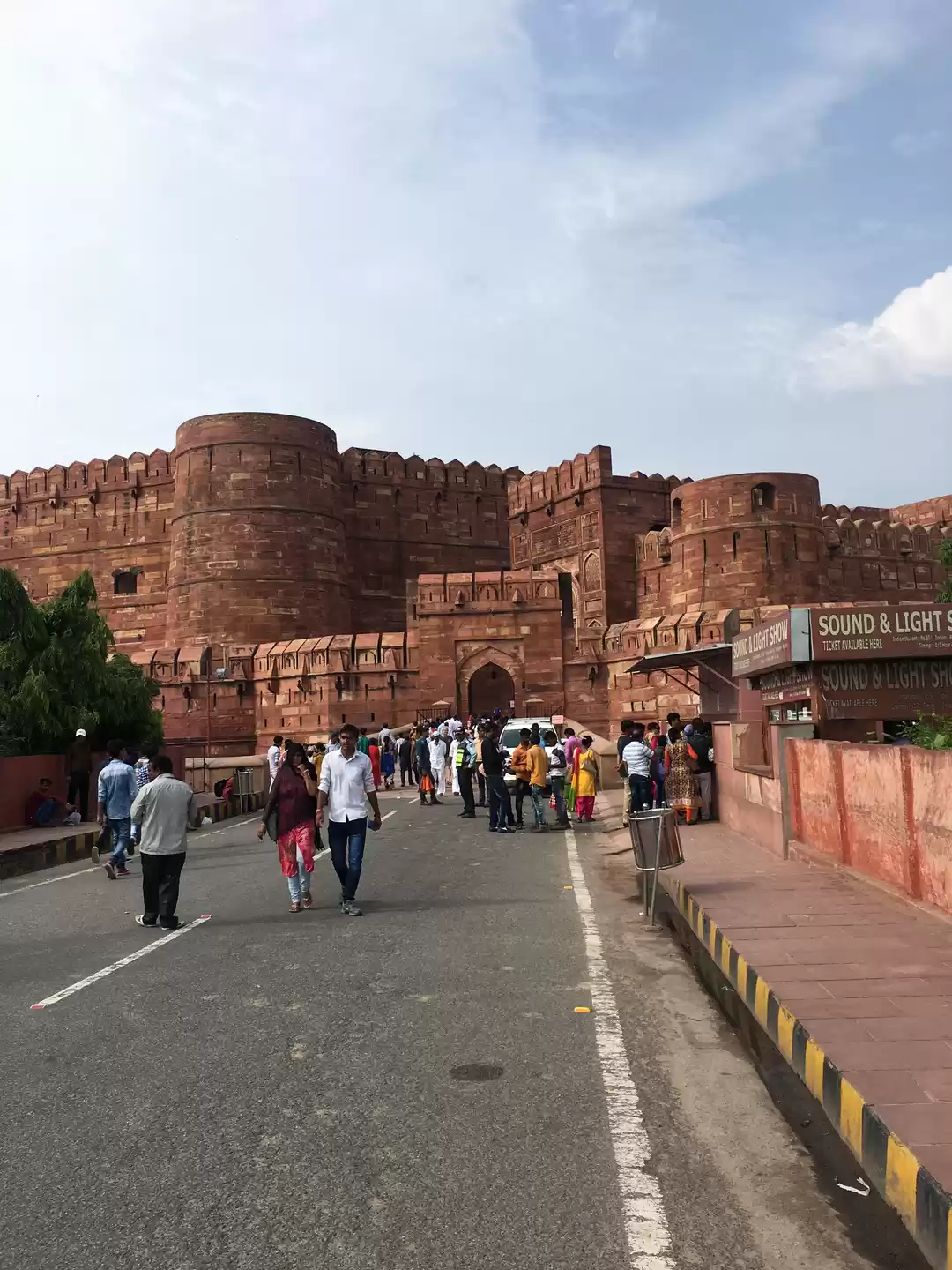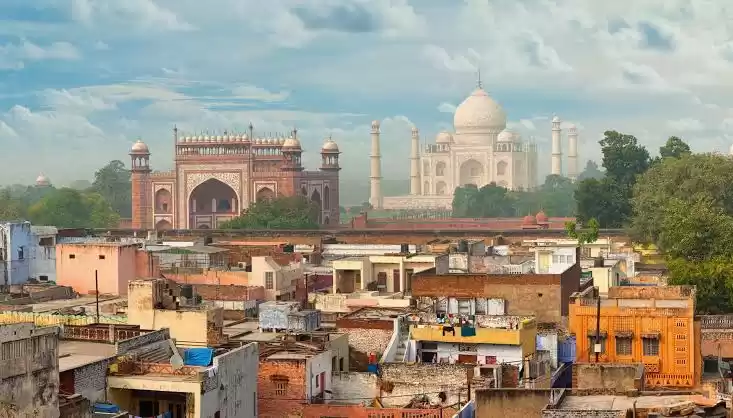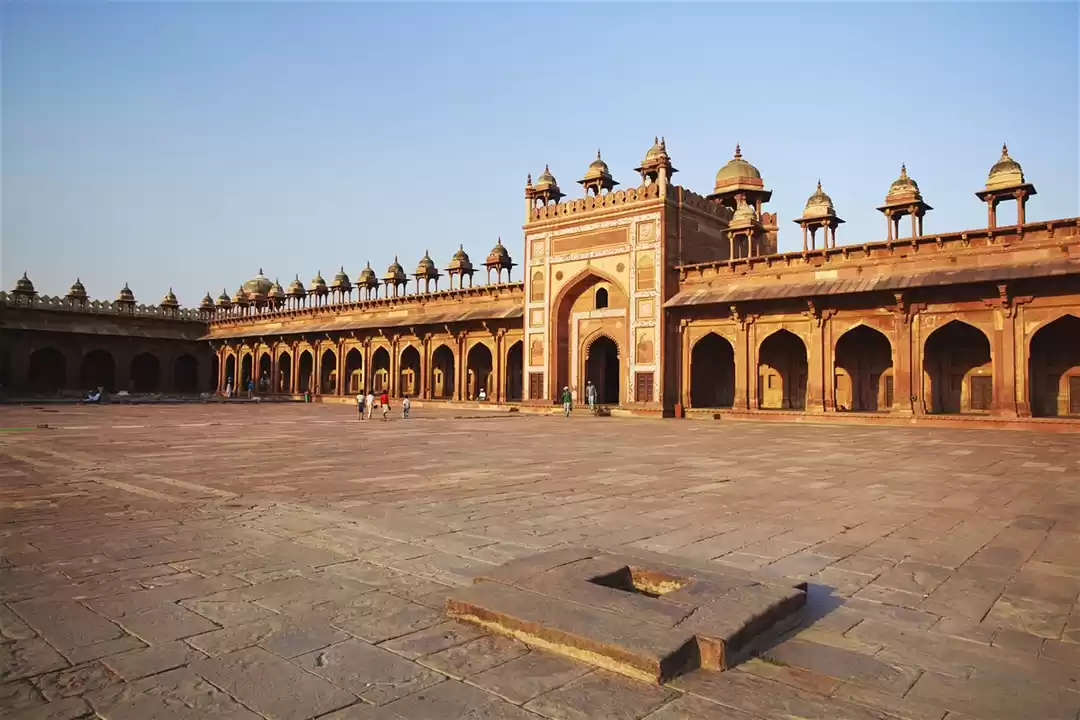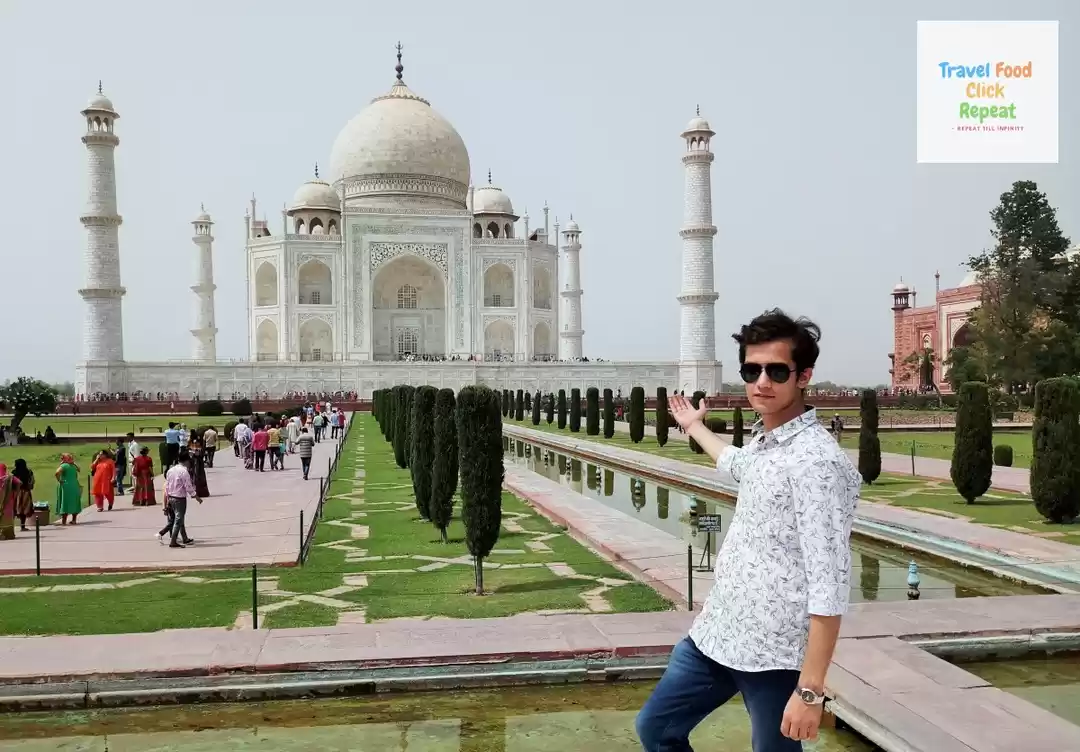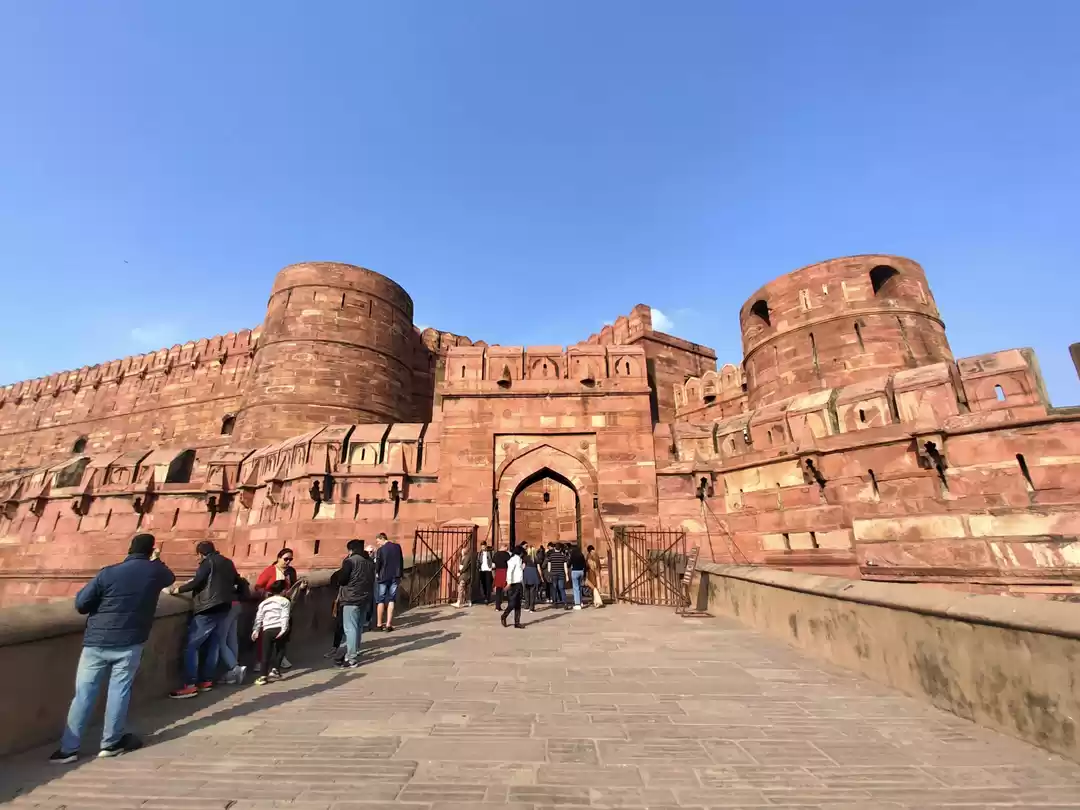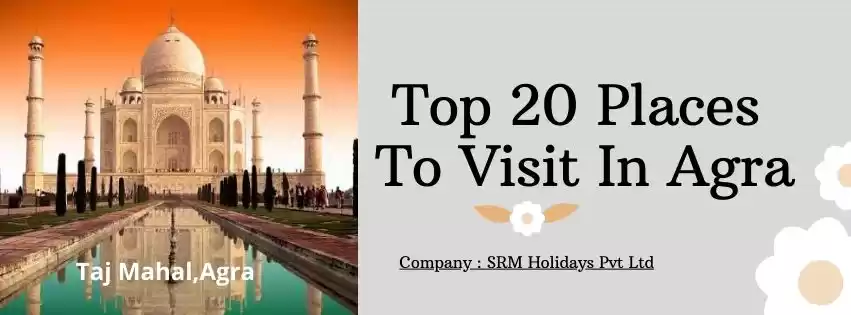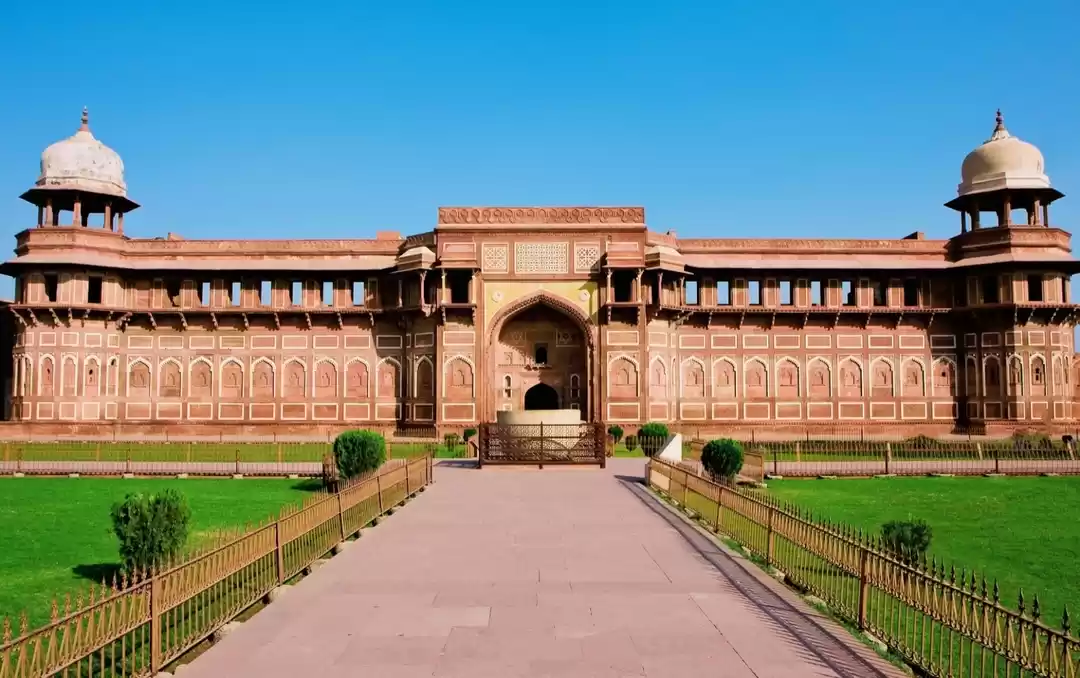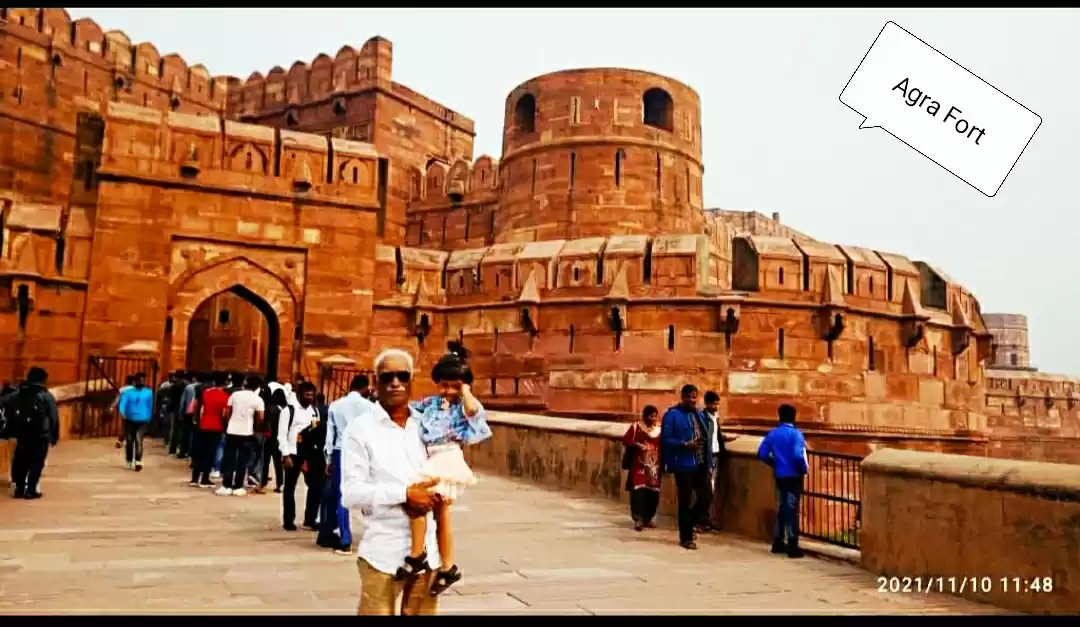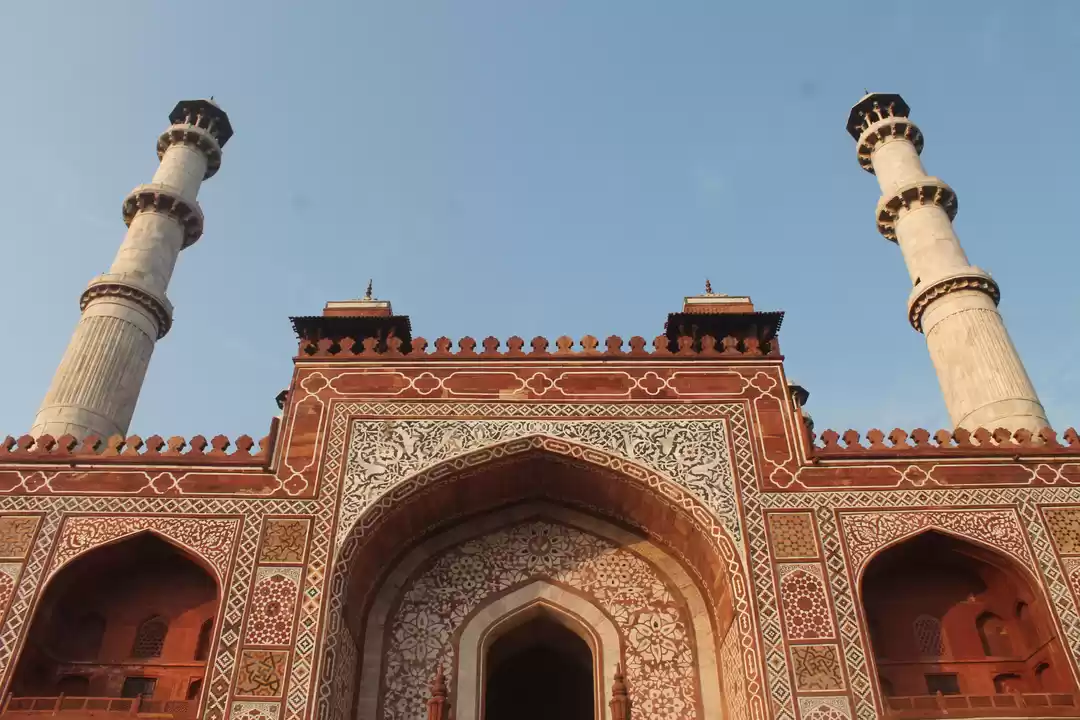The Agra fort - Also known as the "Lal -Qila", "Fort Rouge" or "Qila-i-Akbari" is the highlight of the city of Agra, then capital of the Mughal Sultanate.
As it stands today in full glory, visiting the Agra fort has surely been one of those experiences which made me go through my history books once again.
After visiting the wonderful Taj, I would recommend all the tourists to MUST visit the beautiful UNESCO heritage site - The Agra Fort.
Our Innova was waiting outside the Taj exit gate to take us to Agra fort. Yet again, the driver stopped at the entrance of the fort. We wanted to make the most of our time before we head back to the railway station to catch the Gatimaan express back to Delhi.
Entry Gate & Fee:
The mighty Agra fort is a symbol of prowess and all that you can see from the outside is the high fortification wall with red stone. The Indian military still uses the northern portion of the Agra fort and is not visible to the public. Among the four gates of the Agra fort, the entry for the tourists is only via the Amar Singh gate and the entry fee is Rs 30/- for Indians. Its dogleg design was meant to confuse attackers who made it past the first line of defence.
The Amar Singh GateBrief History of the Agra Fort:
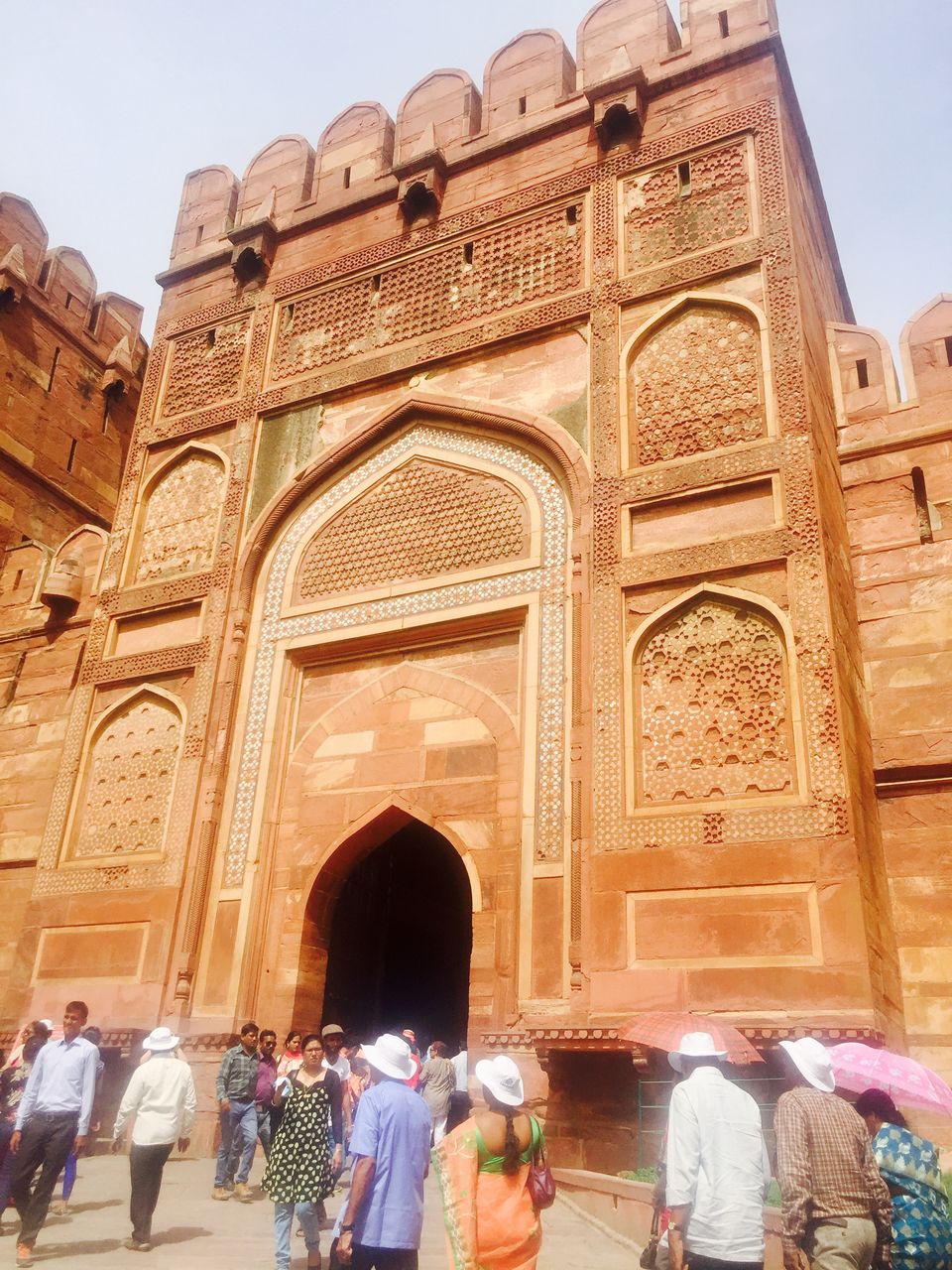
Primarily built as a military structure, The Agra fort has a rich history which included the world famous 'Koh-i-noor' diamond and is also known for Shah Jahan being imprisoned here by his son Aurangzeb.
Originally a brick fort held by Chauhan Rajputs , it went through several modifications by many rulers including Ibrahim Lodi who held the fort for 9 years and built several mosques and wells.
And then the great Mughals lived and governed the country from here.
Realizing the importance of its central situation, Akbar decided to make it his capital and it was he who had it rebuilt with red sandstone. It was only during the reign of Shah Jahan that the site finally took on its current state. Typical of Mughal architecture, Shah Jahan liked to have buildings made from white marble, often inlaid with gold or semi-precious gems. He destroyed some of the earlier buildings inside the fort in order to make his own.
My Experience :
The Agra fort contains maze of buildings and underground structures though many of the structures were destroyed over the years by the Marathas, the Jats and finally the British, who used the fort as a garrison.
You can choose to take a travel guide along if you want to know the history and the details of each structure inside the Agra fort. As we were running out of time, we went by ourselves.
Diwan-I-Am
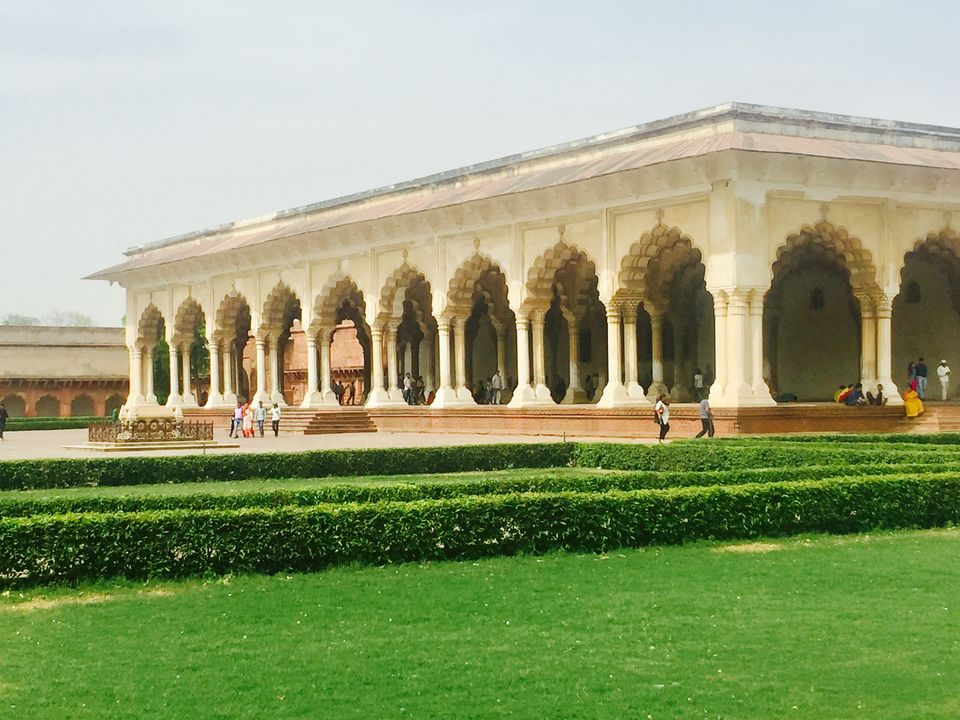
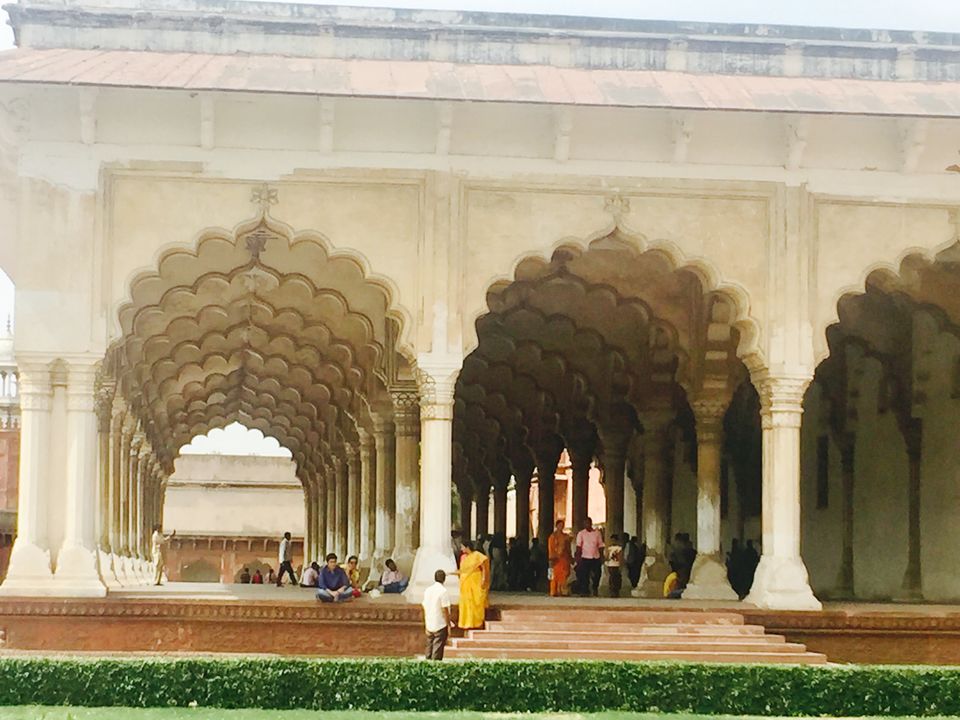
The path after entering the Amar Singh gate leads straight to the large Moti Masjid, which is closed to the public. To your right, just before you reach Moti Masjid, is the Diwan-i-Am. The Diwan-i-Am was used as a communications ground where the Mughals received members of the general public and heard their grievances. What is wonderful about this place is its columns and façade of engraved arch openings.
To your left is the tiny but exquisite Nagina Masjid also known as Gem Mosque. On the far side of the large courtyard is Diwan-i-Khas (Hall of Private Audiences), which was reserved for important dignitaries. The hall once housed Shah Jahan's legendary Peacock Throne, which was inset with precious stones - including the famous Koh-i-noor diamond.
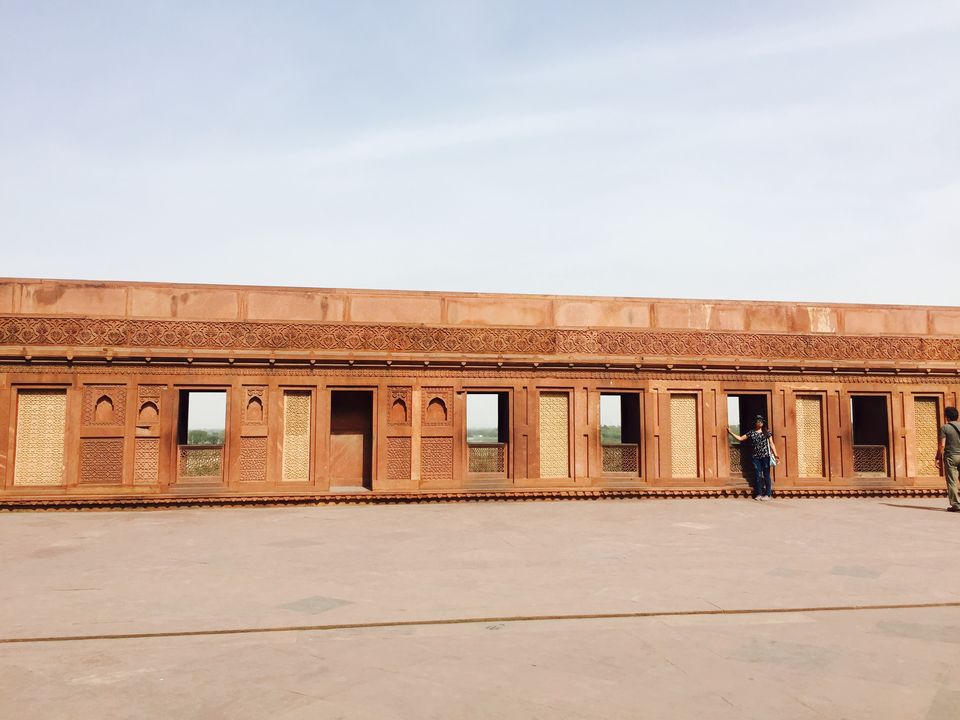
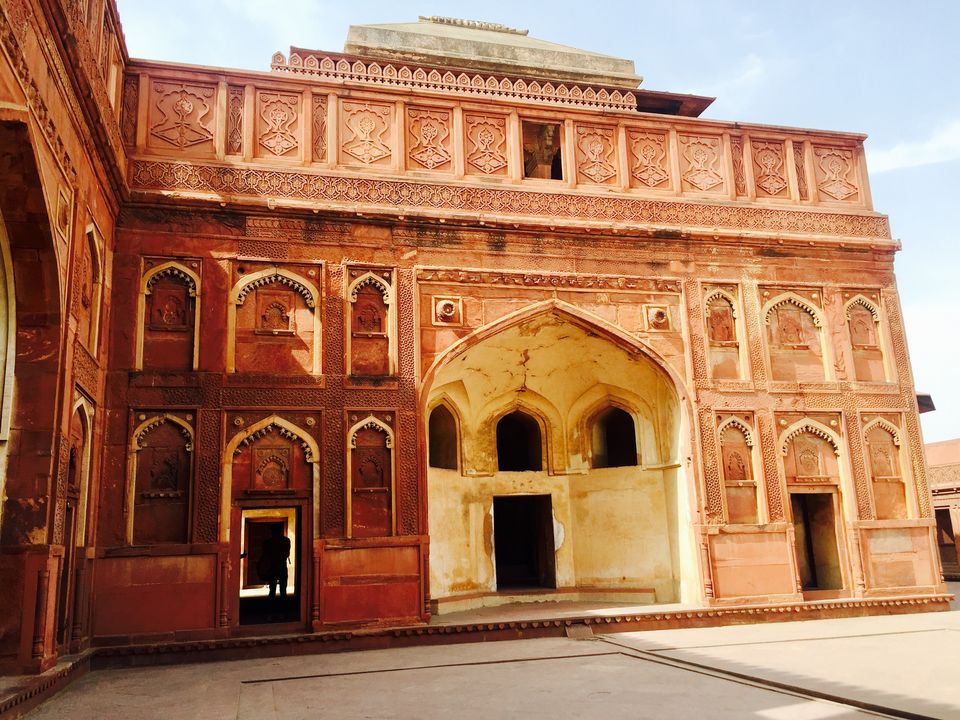
Overlooking the river and the distant Taj Mahal is Takhti-i-Jehangir, a huge slab of black rock with an inscription around the edge. Off to your right from here (as you face the river) is Shish Mahal (Mirror Palace).
Musamman Burj
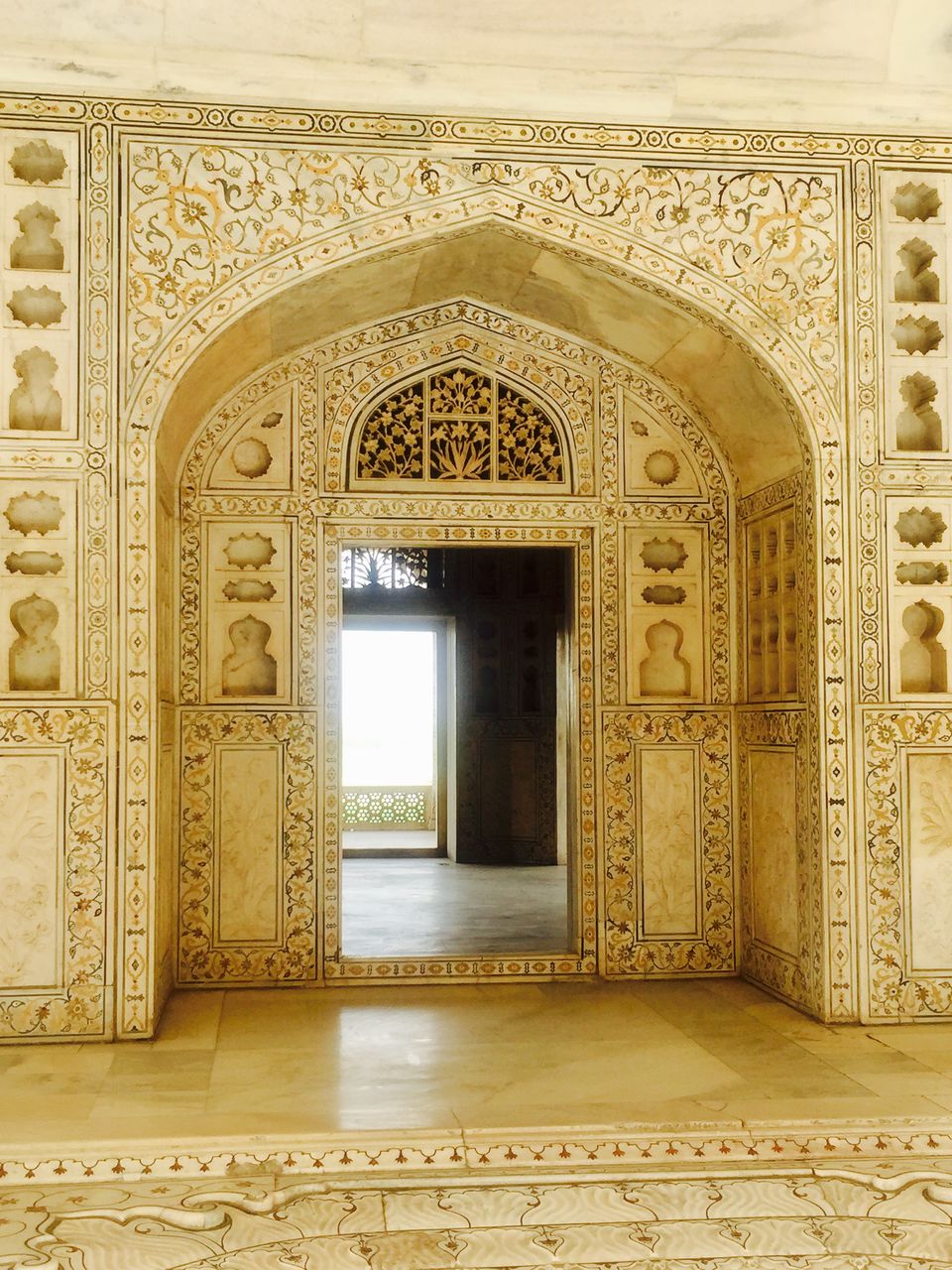
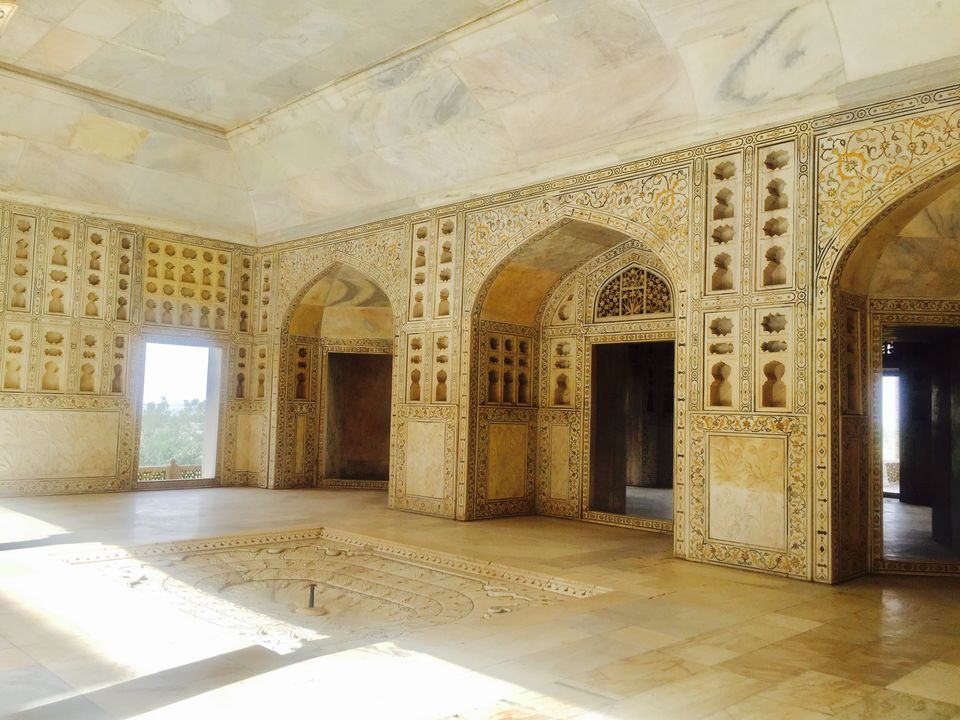
Khas Mahal
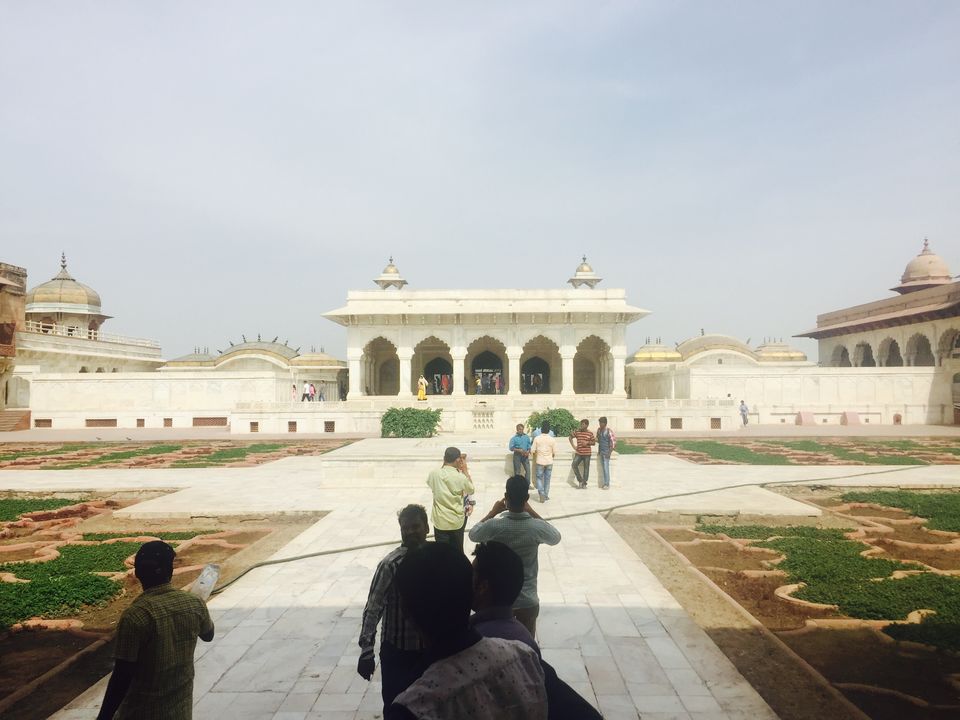
Further along you will find Musamman Burj and Khas Mahal, the wonderful white-marble octagonal tower and palace where Shah Jahan was imprisoned for eight years until his death in 1666, and from where he could gaze out at the Taj Mahal, the tomb of his wife. The interior typically depicts Mughal art as it is decorated with carved white marble embellished with colourful floral decorations.
Anguri Bagh
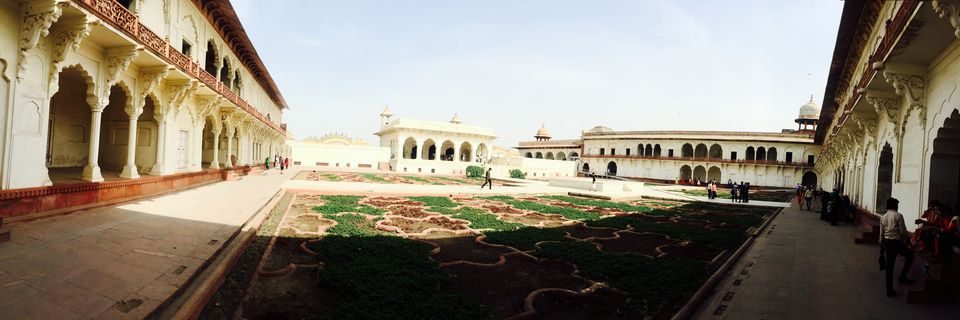
The large courtyard here is the Anguri Bagh that houses geometrically arranged lush gardens. As the name indicates, this garden was known for harvesting grapes and flowers. This was also meant to be a private relaxation place for royal ladies.
Jehangir's Palace
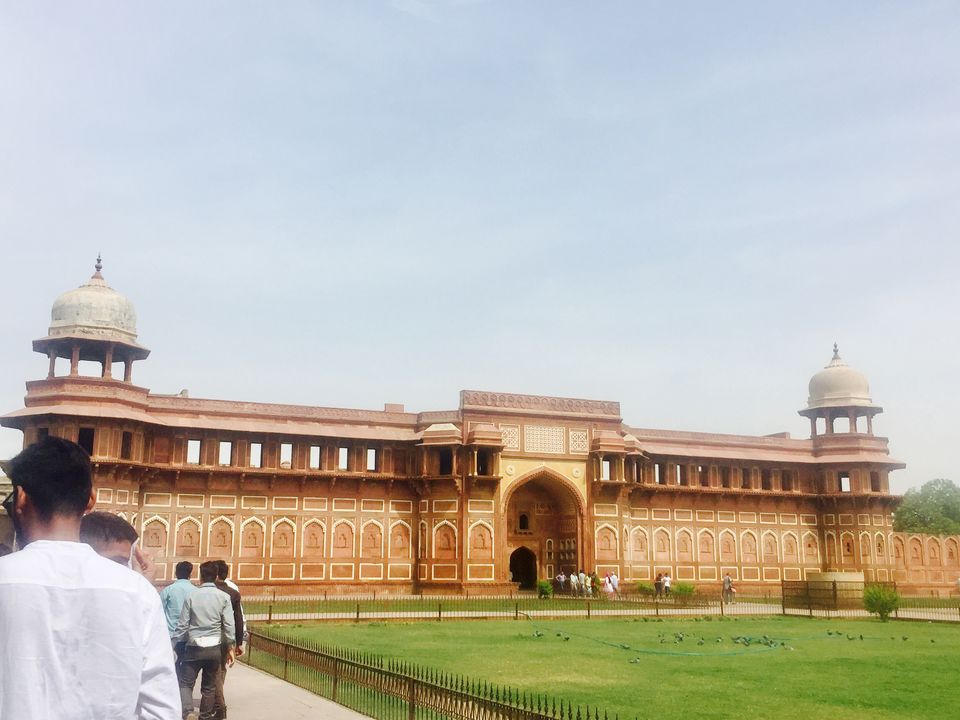
Continuing south, you will find the huge red-sandstone Jehangir's Palace which was probably built by Akbar for his son Jehangir. It is a reminder of the Mughals' Afghani cultural roots.
Walking past this brings you back to the main path to Amar Singh Gate.
Read this somewhere :
The Agra fort symbolizes power and is a prerogative of the mighty which reminds us all of the grit and valour of the brave men and women who captured, destroyed and built such overwhelming edifices.

An era marked by invasions and fortifications, where power was symbolized by grand palaces and grander forts.........during such time was built THE AGRA FORT.

Above is a picture of us in the morning and below is - us exhausted by scroching heat. I must say i was the only one active compared to my other two companions ????
This post was originally published on Miles On Heels.



